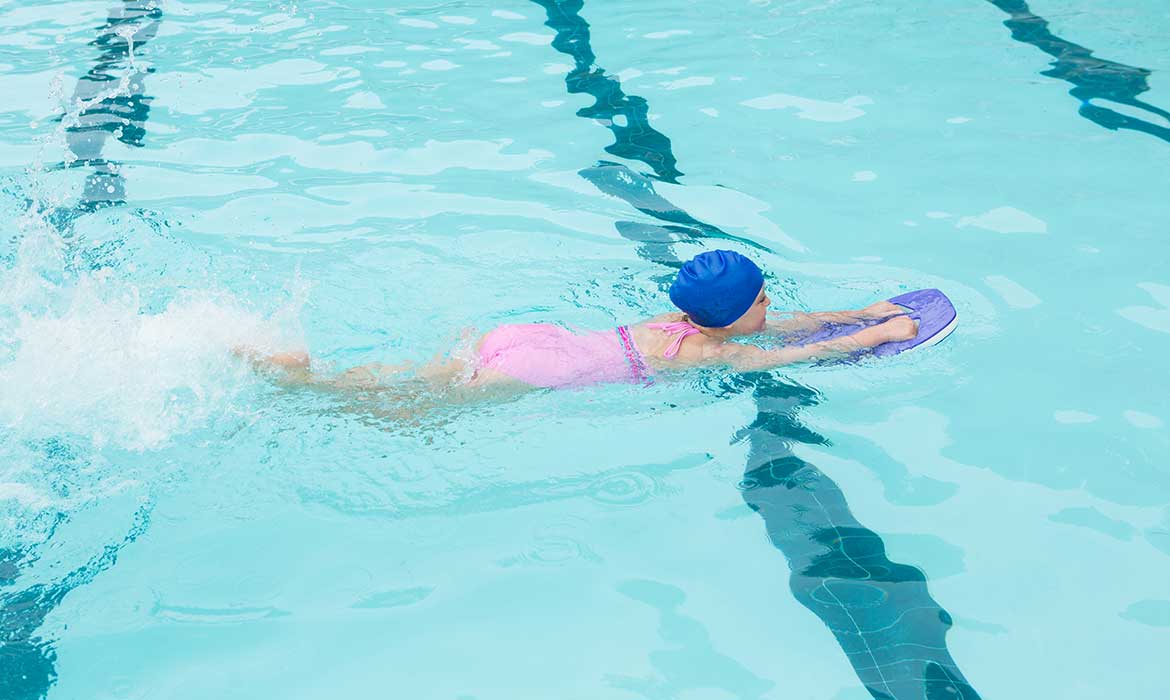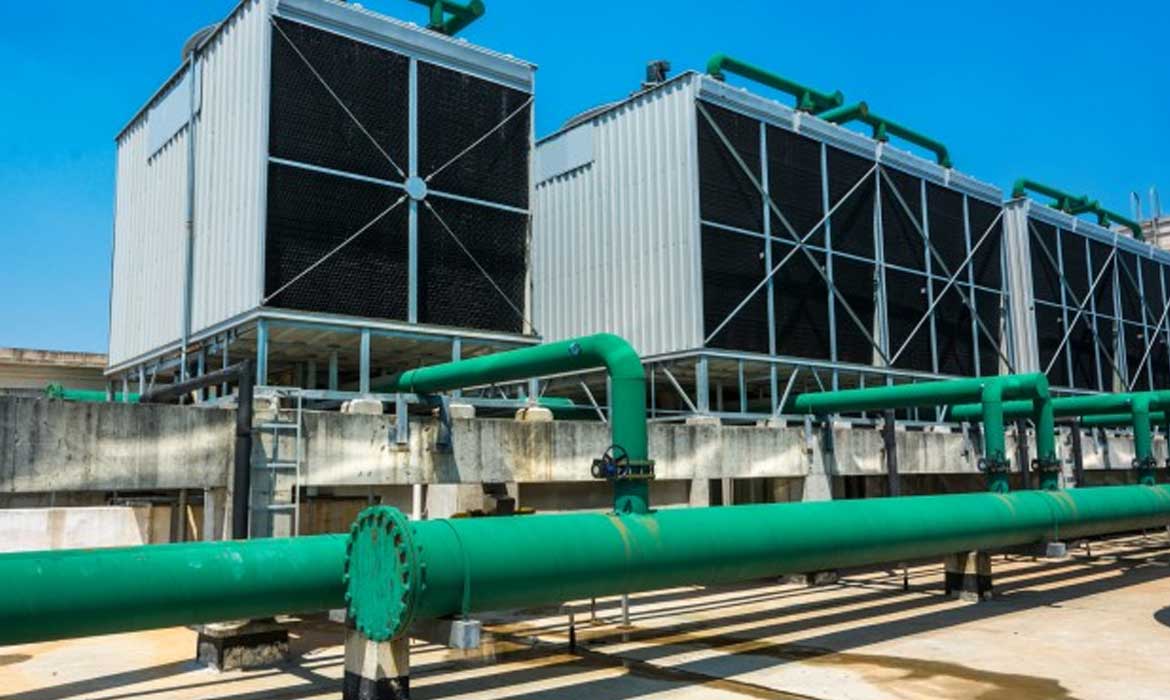Have you ever thought about the quality of water before you plunge into a swimming pool? We think million times about hygiene when it comes to drinking water, hotel food and washrooms. But how about a pool, where we spent hours swimming and playing?
Nowadays, more is expected of a swimming pool than just being able to swim in it. A swimming pool is supposed to be a restful location in which you can quickly forget everyday stress. A place in which the mind and soul can find relaxation and the body can refuel on energy
The central element in the pool is and will always be the water. Its quality is the decisive feel-good factor, as it directly affects our senses. The water should be odourless, optically clear and gentle on the eyes. However, the largest organ of perception is the skin. Therefore wellness of water should have a comfortable temperature, should not cause irritations and should feel fine and bubbly.
To have a perfectly balanced pool, the measurements of pH and Chlorine need to be correct, especially the pH. If the pH is not within the limits, there will be a waste of chlorine since the reaction to killing the bacteria is undermined.
The four keys to maintaining water quality in your swimming pool include:
- Filtration
- Chlorination
- pH level
- Ask an expert
Filtering your swimming pool
Over many weeks of use, dissolved solids might start to build up in the water of your swimming pool – all that sun cream, pollen, skin, and dirt has to end up somewhere.
Dissolved solids are often too small to get trapped in the filter of your pool or hot tub, which is designed to trap larger particles and debris.
However, if you don’t operate one of these systems, then filter aids, including specialist pool flocculants and coagulants, can be used to encourage the small particles including Giardia & Cryptosporidium oocysts to “clump” together until they are big enough to become trapped in the filter. Hence A proper filter system is critical to maintaining a clean pool. Filters come in a variety of models. These can run for few hours in the morning as well in the evening and they can be cleaned by reversing the flow of water through the filter.
Chlorination
Most of us have heard of chlorine and it’s the chemical that instantly springs to mind when thinking of keeping your pool clean and free from dangerous bacteria.
In some forms, chlorine can be extremely toxic, but the commercially available chlorine-based swimming pool products are safe when used according to the manufacturer’s instructions. Therefore It’s important to test the water daily using a chemical test kit to ensure it is clean and safe to swim in. The ideal chlorine level is 1.5 to 2 ppm (parts per million).
Maintaining pool water PH level
Most pool experts recommend a pool pH between 7.2 and 7.6. To raise or lower pH, a pool custodian simply adds acids or alkalis into the water.
Keeping your pool pH in the correct range is a vital component of keeping your pool safe and sanitary. If the pH is outside of the range of 7.2 to 7.6, the chlorine cannot sanitize the water properly and kill any algae growth.
Total alkalinity (TA) test
The alkalinity of the water and should be checked daily. It is measured on a scale of 1 to 14, where 7 is neutral; below 7 is acidic and above is alkaline. The recommended level is between 7.2 and 7.8.
Ask an expert
Pool Professionals should service all equipment such as filters, pumps and dosing systems on a regular basis. These services are available as a one-off or on an annual contract basis.
Safety suggestions for pool chemicals
Pool chemicals can be dangerous if not handled properly. Suggestions include:
- Keep pool chemicals away from other chemicals and locked up in a cool, dry place.
- Do not store pool chemicals near other chemicals or flammables, including petrol, detergents or alcohol.
- Always use chemicals strictly as instructed.
- Never combine chemicals together – for example, mixing different types of chlorine together (such as granular and liquid).



